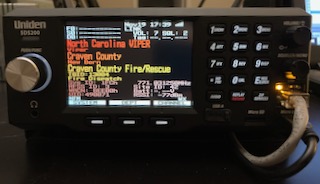
Uniden SDS200
Ever since I was a little boy, which may have been a few years ago, I have been fascinated with radio. They had things called “World Band” radios when I was a kid. I would sit for hours and spin the dial trying to hear far away places. There was mystery, intrigue, challenge, exotic languages………these are the things boyhood is made of. Not Drag Queen Hour 🙄. Then there was Citizens Band (CB) Radio. I had one and was prolific on it. What I really wanted was a ham radio and it took me a few years, but I climbed that hurdle as well. I am now licensed as KN4FMV.
You might think I’m a weirdo however in the radio hobby probably the quintessential website for radio systems and frequencies is called radioreference.com If you go to their web page you will see that there are almost 1.5 million subscribers. So………I’m in good company.
So I dig radios. And the older I get, the worse, not better, it seems to get. I still spin the dial on shortwave radios, sometimes for hours. I have multiple Software Defined Radios (RTL-SDR’s) and I have police scanners, with the actual name of them being called “radio scanners”.
Every so often in any hobby one item will rise to the top of the heap.
In my opinion, in the world of Radio Scanners that device is the Uniden SDS200. This is an advanced radio for advanced users. Most places you buy from will preprogram them for you for free, so if you know nothing about radios or police scanners let me forewarn you that the learning curve could be STEEP. Everything is well documented but to an outsider to the hobby it could still be confusing.
Continue reading

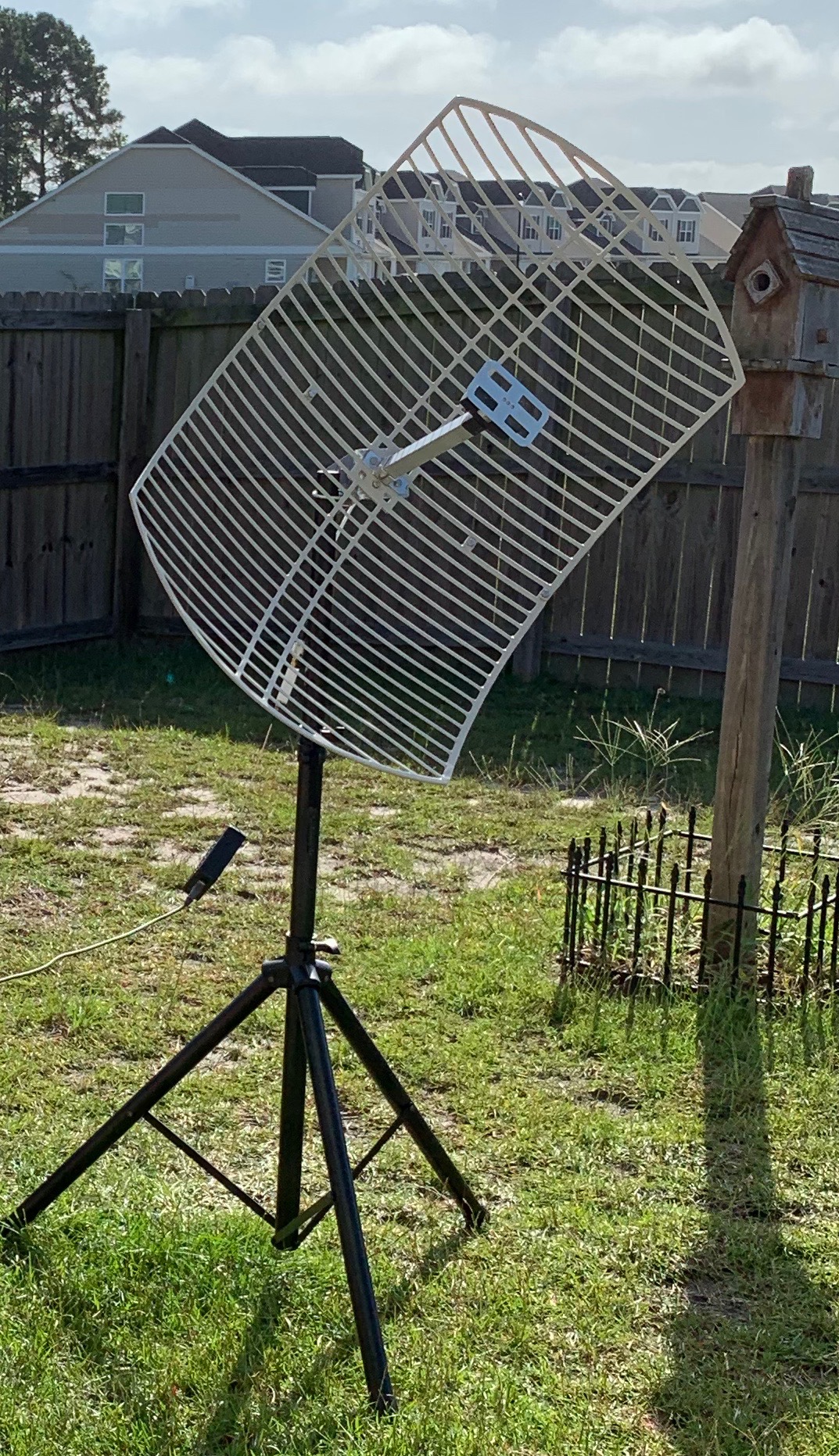

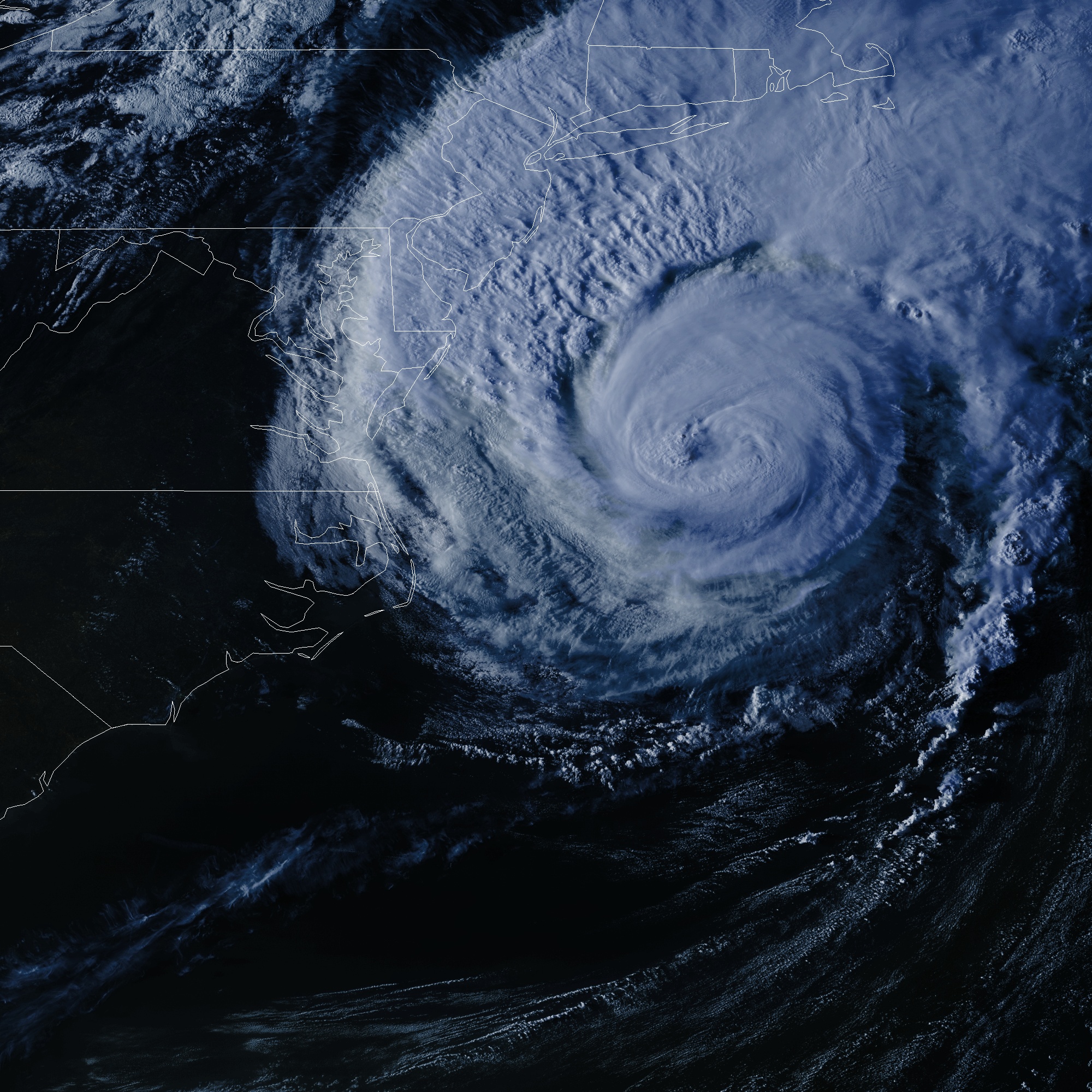
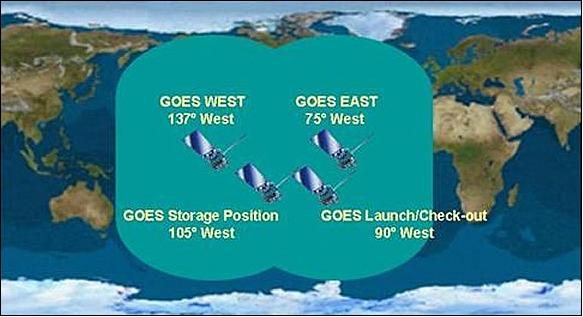
 One of my favorite hobbies of course is radio. I own a few.
One of my favorite hobbies of course is radio. I own a few.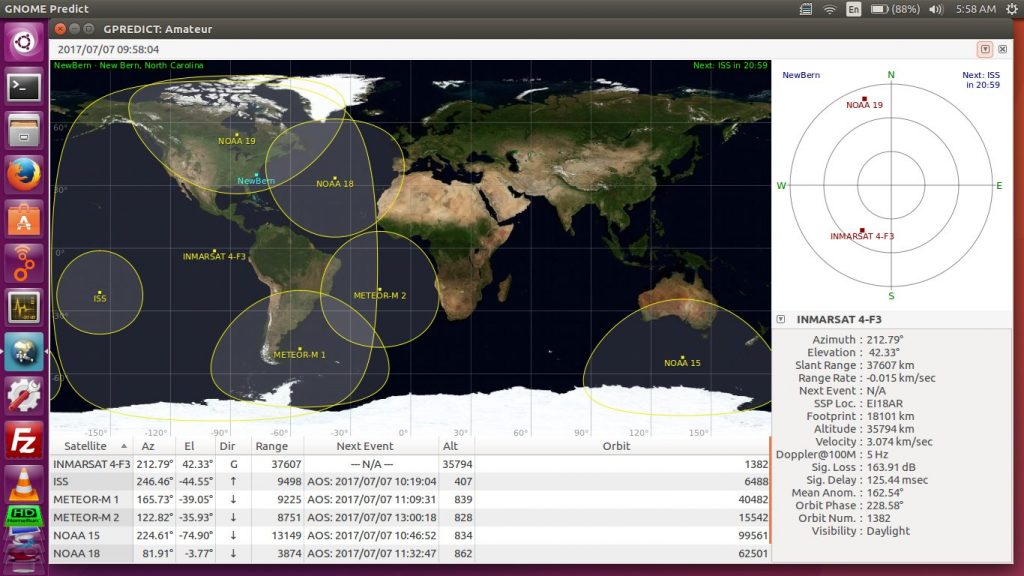
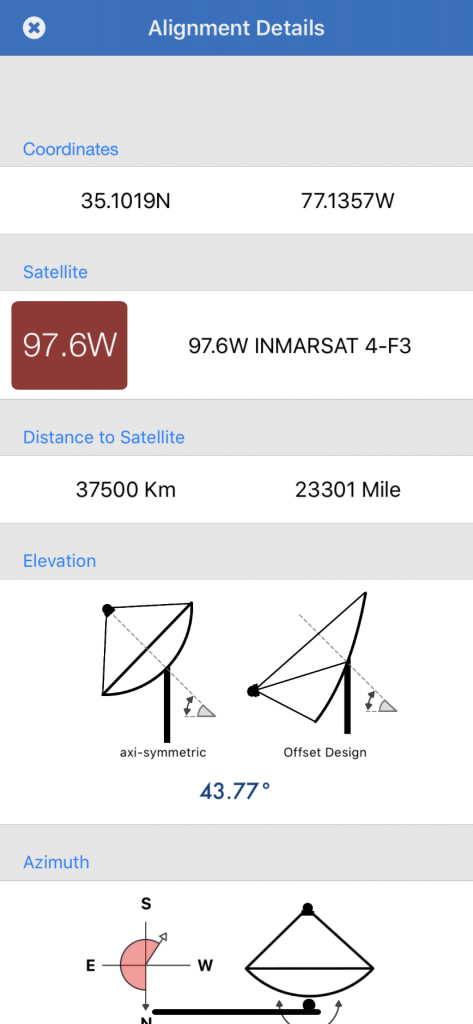
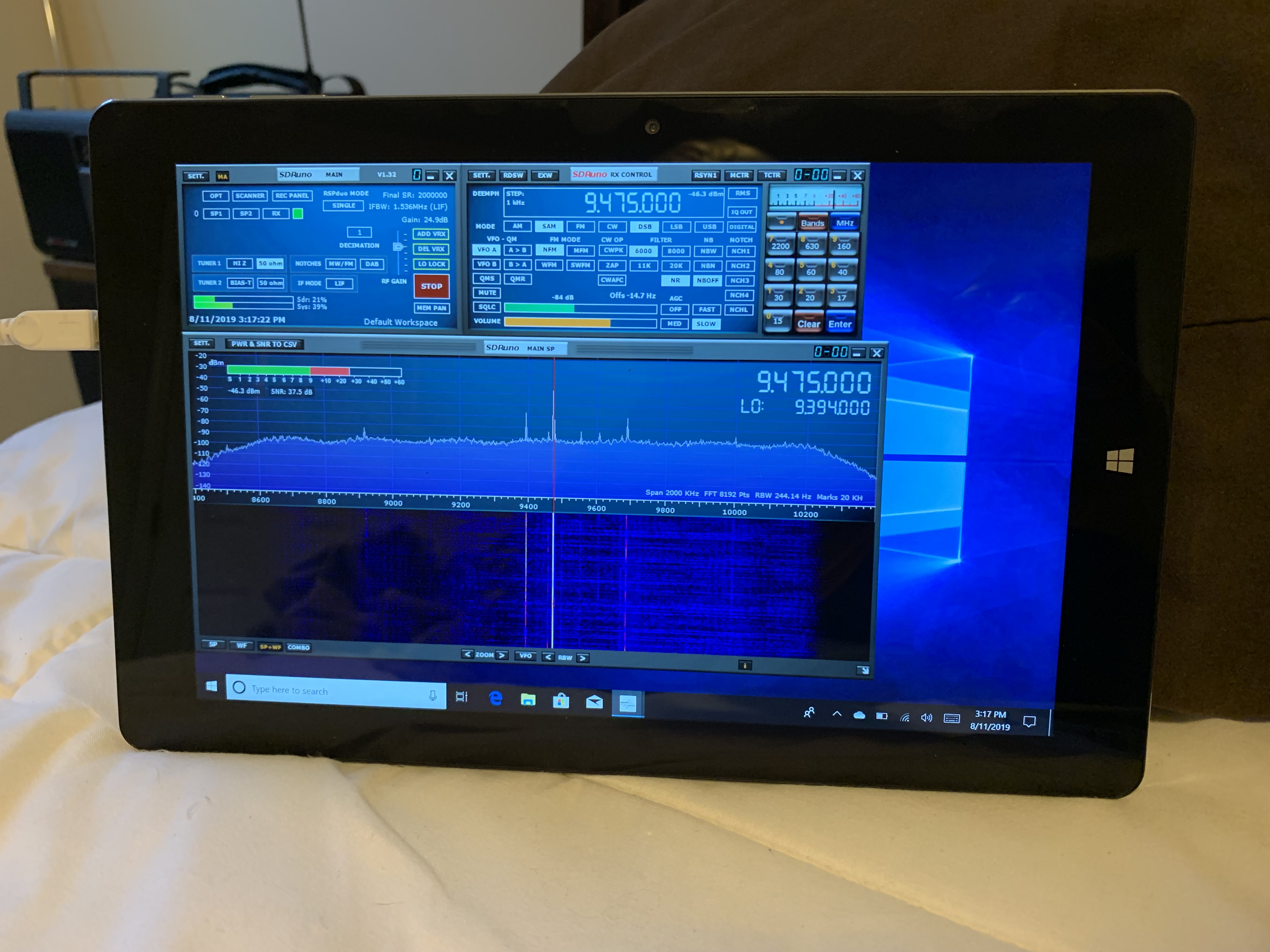 This is a review for a
This is a review for a